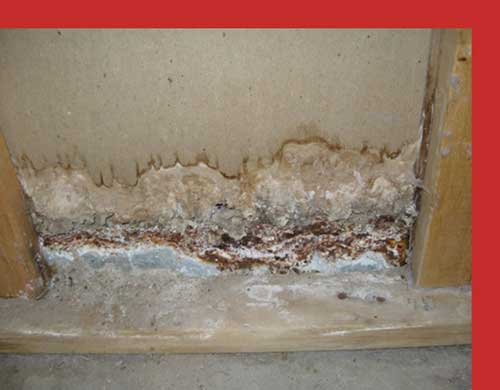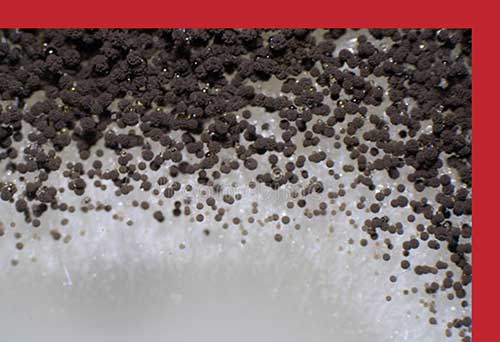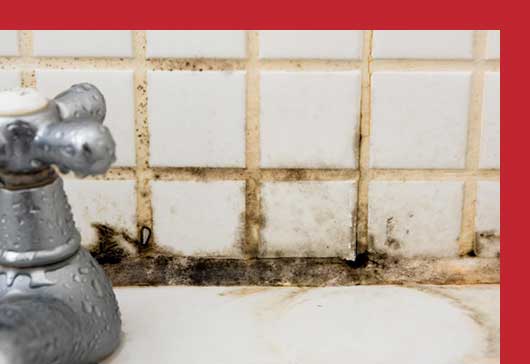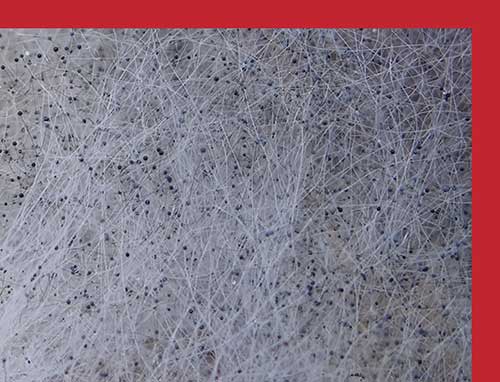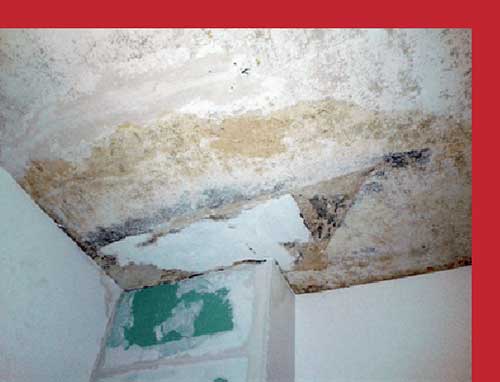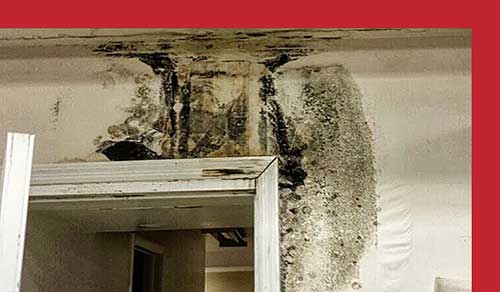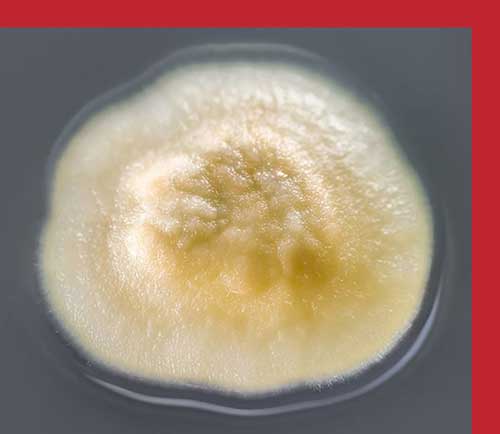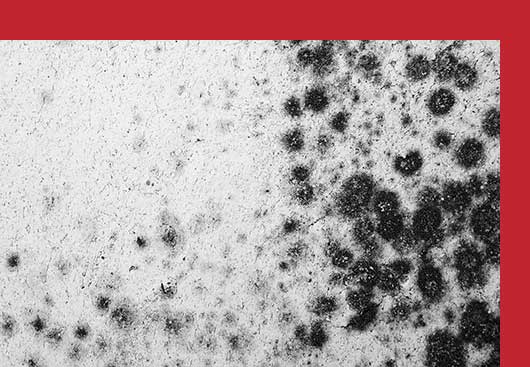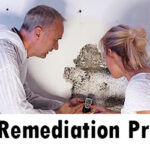Common Types of Household Mold
Mold is a type of fungus that presents itself in the form of multicellular filaments or strands that are called hyphae. As a residential or commercial property owner, it is highly likely that you’ve encountered a mold infestation at least once.
Although molds look quite similar to each other, you’d be surprised to know that there are more than 100,000 types of mold. However, we are here to talk about the most common types of mold you’ll most likely deal with on your property.
Household Mold Classifications
As we dive into the common molds you have to know about, there are three primary classifications of household mold that carry a distinct level of risk and thus require your immediate attention.
- The most common type that is considered the classification that poses the least health risk is called Allergenic Mold. We would like to highlight that this classification is not harmless, as prolonged exposure can lead to hives and other respiratory illnesses.
- Molds classified as Pathogenic Mold include several mold types that can cause a wide range of diseases among humans. Pathogenic molds are specifically dangerous in a household or a property that houses immunocompromised residents because these molds can aggravate their health which is already in danger due to a weak immune system.
- The last classification is known as Toxigenic Mold that, as its name implies, is a type of mold capable of releasing toxic and potentially deadly substances. This type must be removed at the soonest possible opportunity.
Alternaria
Alternaria is considered the most common type in the allergenic molds lineup. This dark green or brownish mold with a fuzzy or hairy consistency loves to thrive in the bathroom or just under the sink. Alternaria can be an indication of water damage due to its preference for consistently damp areas that have been left untouched for quite some time.
Aspergillus
While Aspergillus is classified as an allergenic mold, it can be potentially dangerous to your health, especially when your immune system is not in tip-top shape. This typically reddish-brown or yellow-green mold prefers extremely damp areas in your property.
Cladosporium
This is a very versatile mold capable of thriving in both hot and cold environments. It is usually found in cupboards, floorboards, or even carpets. This allergenic mold can trigger skin irritation and breathing difficulties, and you can identify it as a Cladosporium if it has an olive-green color and texture resembling suede.
Mucor
Mucor is one of the most familiar types of allergenic molds, especially for us at The Duct Kings of San Antonio. This is primarily because Mucor loves to grow either inside or near HVAC systems because it thrives in the excess moisture present in such systems. It is capable of inducing flu-like symptoms and other respiratory issues. It is a type of mold that should not be taken lightly because it is also the main cause of some aggressive fungal infections.
Chaetomium
This is another mold variety that is usually found in properties with significant and long-term water damage. You will most likely have a Chaetomium infestation when there is an accompanying musty odor around a leak. This means there is a mold colony of Chaetomium nearby. This type presents a cotton-like appearance.
Ulocladium
Usually found in areas that are currently or previously affected by severe water damage, Ulocladium is a mold that can trigger various skin and respiratory irritations, which can lead to breathing difficulties or systemic infections. There are also numerous instances of residents getting hay fever because of this mold.
Acremonium
This type of mold is found in poorly maintained insulations, humidifiers, window seals, and inside the drywall. What makes this toxigenic mold very tricky to identify is because, unlike some molds that have a particular odor, Acremonium is odorless, very tiny, and changes in appearance. It can come in different colors like white, gray, orange, or even pink, which makes it a chore to identify. It needs to be addressed at the soonest possible opportunity because Acremonium can produce extremely toxic carcinogens that can destroy internal organs and the immune system.
Aureobasidium
This is a type of allergenic mold that loves to thrive behind painted surfaces, wallpapers, or even wooden furniture. You’ll be able to spot an infestation when there are black or sometimes pink spots in these areas. It is highly allergenic and can cause several types of infections in the eyes, nails, and skin.
Penicillium
The ever-popular antibiotic that treats infections called Penicillin is derived from this type of mold. However, Penicillium is highly dangerous when people are exposed to its live form. It has a unique blue-green color with quite a velvety look and texture, and it can be found in air ducts, carpets, and wallpapers. This type can thrive anywhere, and it is an alarming mold as the spores can quickly become airborne and cause a series of respiratory problems.
Stachybotrys Chartarum
This fancy-sounding mold might be more familiar if we will call it using its household name: black mold. This mold, which is pitch black with a slimy consistency, can thrive in high-moisture areas for a very long time. Black mold is common, but it is a very toxic mold as it produces mycotoxins that lead to a wide array of respiratory complications, such as asthma attacks, sinus infections, and fatigue, and on rare occasions, it can trigger depression.
Fusarium
Fusarium is an exceptionally fast-growing mold that thrives in cold and wet areas, such as unmaintained carpets, upholstery, and wallpapers. This whitish, pink, or red-colored mold is classified both as an allergenic and toxigenic type of mold, and it can trigger health problems focusing on the nervous system when a person had prolonged exposure. Being one of the fastest and most proliferative mold varieties, it needs to be removed and disinfected at the soonest possible time.
Trichoderma
This is another allergenic mold that loves to reside in damp areas of the property. You’ll find it in air ducts, wallpapers, carpeting, and other areas with elevated moisture levels. A large family, some Trichoderma species are capable of producing mycotoxins similar to black mold. Lastly, this is known as one of the most destructive molds as it can help accelerate the rotting of structures inside buildings.
Recommended Service: Mold Remediation and Removal
Mold remediation services can help address these types of common mold that might be affecting your property. Effective mold remediation that involves the assessment, sanitation, and repair of property that was affected by a mold infestation can only be done by highly competent, well-equipped, and certified technicians and specialists to make sure that the problem is properly identified and solved.
At The Duct Kings of San Antonio, we take pride in having extensive knowledge about the molds that frequently infest residential, commercial, and industrial properties, and we have all the professional-grade equipment and solutions needed to get the job done correctly and effectively!

